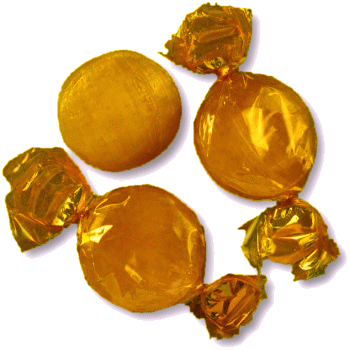




WELCOME TO An Entertainment Site for Scottish Country Dancers - Enjoy the curated selection of theme-related dances for celebrations and holidays, or find a dance associated with a special calendar day, or EVEN your own birthday!
Canada Day
Jul 1
Other Scottish Country Dances for this Day
Today's Musings, History & Folklore
"🎶 In days of yore, from Britain's shore,
Wolfe, the dauntless hero, came
And planted firm Britannia's flag
On Canada's fair domain.
Here may it wave, our boast, our pride,
And join in love together,
The thistle, shamrock, rose entwined,
The Maple Leaf forever!"
~ The Maple Leaf Forever, Alexander Muir, 1867
Happy Canada Day, Canadian dancers and friends! Celebrate with this favourite rant and create your own fireworks in dance form with this lively reel containing a circular "Spoke" figure, setting and joining hands with all four corners! This dance by an unknown devisor has an interesting provenance! This dance was collected in Carnoustie, Scotland, by Betty Grant. It was written out by a local dancer on a paper towel from the men’s washroom at the Beach Ballroom. The dance was said to have been brought to Glasgow by a Canadian visitor in 1952 – ’53. Thank you, Betty! Somewhat earlier, Alexander Muir's poem "The Maple Leaf Forever" was written in 1867. This year is particularly significant as it marks the confederation of Canada, when the country was unified into one dominion within the British Empire. Muir composed the song to celebrate this momentous occasion, and it quickly became a popular patriotic anthem in Canada. 🍁 🍁 🍁 🇨🇦 🍁 🍁 🍁
Maple Leaf Rant
The maple leaf is an iconic symbol of Canada, deeply rooted in the nation's history, culture, and identity. Its association with Canada dates back centuries, with the earliest recorded use of the maple tree as a symbol for the country appearing as early as the 18th century. Indigenous peoples of Canada were the first to recognize the importance of the maple tree, utilizing its sap to produce maple syrup, which remains a cherished Canadian delicacy to this day. This early recognition of the maple tree's significance laid the foundation for its symbolic status.
In the 19th century, the maple leaf began to emerge as a national symbol. During the 1830s, the Société Saint-Jean-Baptiste, a patriotic group in Quebec, adopted the maple leaf as its emblem. This choice was significant, as it represented the growing sense of national identity among Canadians. By 1868, the maple leaf had been incorporated into the coat of arms of Ontario and Quebec, further cementing its status as a national symbol. The leaf's association with Canada's natural beauty and abundance resonated with citizens across the country.
The maple leaf's prominence continued to grow in the 20th century. During World War I, Canadian soldiers wore badges that featured the maple leaf, symbolizing their country and distinguishing them from other forces. This usage was not only practical but also fostered a sense of pride and unity among Canadian troops. In 1965, the maple leaf achieved its most significant recognition when it became the central feature of the new Canadian flag. Designed by George F. G. Stanley and John Matheson, the flag's simple yet powerful design—a red maple leaf on a white background flanked by red borders—became an instant symbol of Canadian identity and values.
Today, the maple leaf is recognized worldwide as a representation of Canada. It is featured on coins, logos, and various national emblems, symbolizing the country's natural beauty, rich heritage, and the values of peace, tolerance, and inclusivity. The maple leaf continues to inspire pride among Canadians, serving as a reminder of the country's history and its ongoing journey as a diverse and welcoming nation. Whether seen on the flag waving proudly in the wind, stamped on passports, or adorning the jerseys of Canadian athletes, the maple leaf stands as a unifying emblem of Canadian identity and spirit.
To learn more about Canadian maples, click the 3,600 people who formed this 'Living Maple Leaf' in downtown Winnipeg. (Dan Harper Photography).
Click the dance cribs or description below to link to a printable version of the dance!





